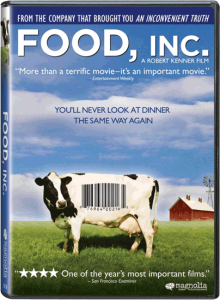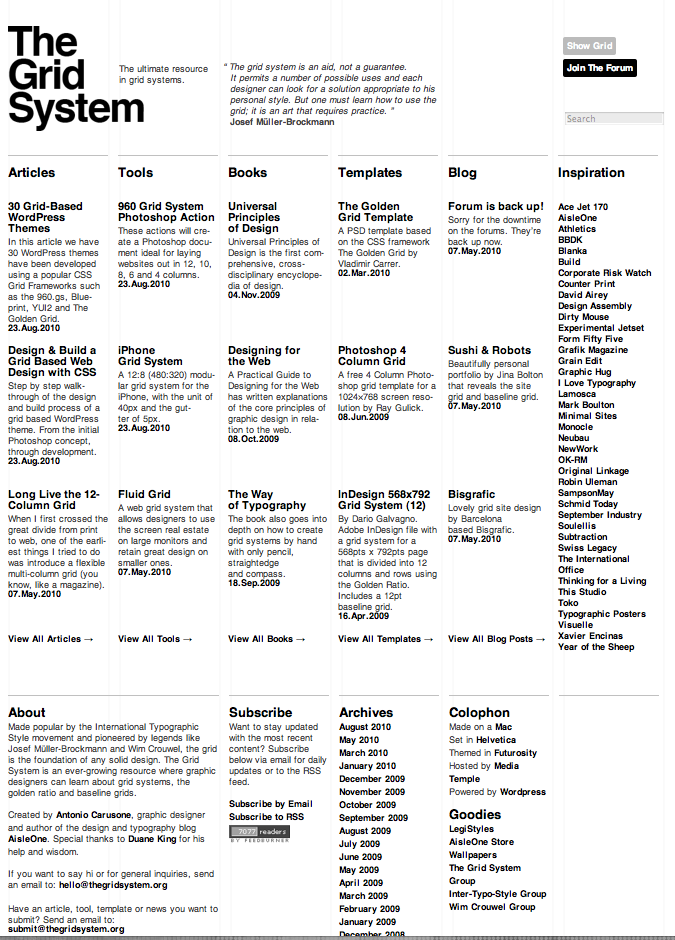Find + Share: Rhetoric
By Erika Goering,
I’ve recently fallen in love with Milton Glaser’s work. Here’s why.
The AIDS symbol, created in 1987 (the year I was born!), is an example of multiple rhetorical tropes.
Antithesis: The juxtaposition (and combination) of the hearts and the skull intensify the negative relationship between sex and AIDS, and shows that sometimes love can lead to death, and thus makes love a scary, but even more precious feeling.
Personification: Death takes the appearance of a human skull. That’s pretty much that.
Synechdoche: The skull also represents the humans affected by AIDS.
Filed under: Find&Share, KCAI, VisLang
Comments: Comments Off on Find + Share: Rhetoric












